Category: Biology
-
Somewhat Weird Facts about Human Body
Did you know that the human skeleton is made up of 206 bones? This can be learned not only from the nursing assignments in med school! In case you don’t want to read big books and want instant information – here are 16 weird (and a little yikes) facts about the human body. 1. Your…
Written by
-
Here’s How to Find the Best Vet Clinic for Your Pet
When you’ve decided to become a fur parent, you certainly wanted only the best for them. Especially when they feel a little under the weather. While there’s a ton of animal centers that can be found near your area, picking the best among them is only necessary. It may be a daunting task to take…
Written by

-
7 Reasons Why Pets are Good for Your Kids
Are your children begging to adopt a pet, but you are skeptical about it? You may be scared that it is a big commitment, but before you decide against bringing a pet home, learn how it can benefit your kid. 1. It Teaches Them Responsibility: Keeping a pet also means taking on a lot of…
Written by

-
5 Interesting Facts About Megalodon Sharks
The Megalodon was the largest shark and predator that ever existed. Its immense size and ferocious nature has certainly inspired hundreds of horror movies. With that said, this is truly one of the most amazing animals to have ever existed on earth. So, we will now look at 5 fun facts about the Megalodon that…
Written by
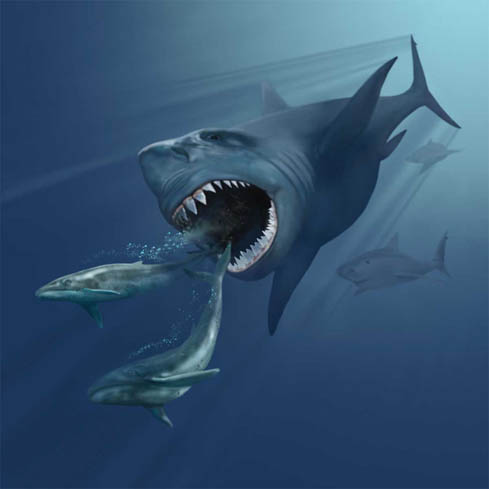
-
Thinking of Getting an Exotic Pet? Amazing Facts to Know
There are numerous exotic pets globally. More and more owners are choosing to keep less traditional pets. Some people think this is nonsensical. So, this article discusses why people would prefer non-traditional pets and what to consider when selecting. Do you know what an exotic pet is? While the intuitive answer may be the most correct, the…
Written by
-
About Cannabidiol and Getting Top-Quality CBD Oil for Pets
The chances of hearing about CBD products are increasing by the day. This is due to two major reasons. First is the effectiveness of the medication and the second is the increasing number of corporate organizations going into the production of CBD products. The latter is because of how profitable it is. For information about…
Written by

-
A Look at Some of The Alternatives to Fish for Your Aquarium
Pets are wonderful things and you can share some truly unique and magical moments with them. A family pet is the staple of many people’s lives, and dogs and cats are the two most popular animals that people have. Kids love animals and a pet is a great way for them to learn about animals,…
Written by
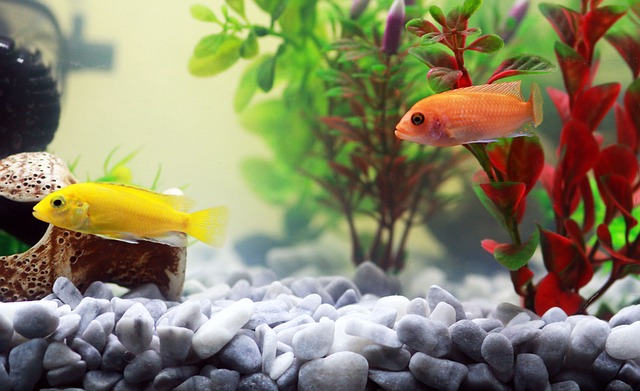
-
Pet Fish Facts for Kids
Pets can be an important lesson for kids to teach them responsibility and compassion. Fish are an easy introduction into the world of pet ownership, and having your child care for and feed a fish can help them get used to the concept of completing tasks on time. However, knowing how and when to trust…
Written by
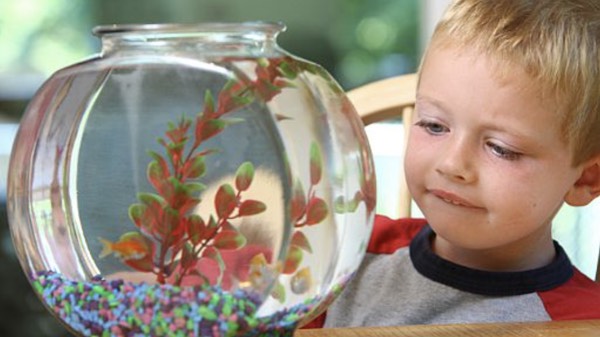
-
Should we send animals to space?
We have all heard about Laika, a dog that, in 1957, became the first Earthly creature to orbit our planet. When people were preparing to send her to space, they didn’t know what it would do to her. They didn’t have answers to some basic questions, for example, how the blood, organs, and tissues would…
Written by
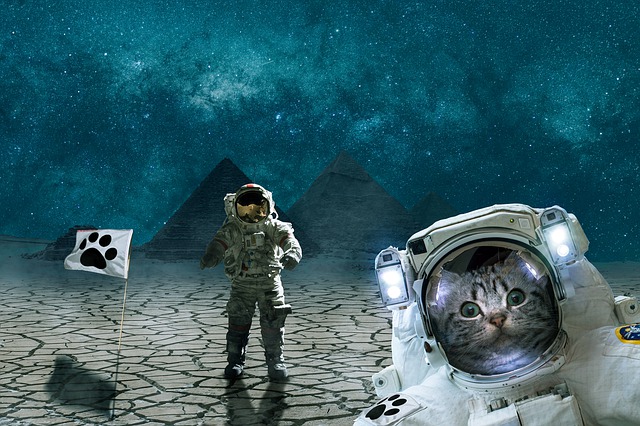
-
Dinosaur Facts For Kids – Facts About Dinosaurs
Dinosaurs are a huge and a diverse group of reptiles that used to live on our planet a very long time ago; between 243 and 231 million years. They used to be a lot too, as their skeletons were found on many different spots on our planet and not only in a single region. Research…
Written by
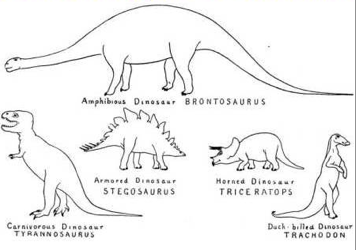
-
Pumpkin Facts For Kids | A Famous North American Plant
The name ‘Pumpkin’ is derived from the Greek term called ‘pepon’ which means ‘large melon’. Pumpkin is a winter squash, which means it grows in summer every year. Pumpkins are found all over the world and people cultivate them for both money-making as well as farming purposes. Pumpkin is one of the most famous crops…
Written by

-
Skeletal System For Kids | Skeletal System Facts
All the bones in a human body form the skeletal system. When a baby is born, he is made up of 270 bones. However, as he grows up, most of these bones are joined to form a single bone. As a result, an adult person has 206 bones in total. Now we explain the skeletal…
Written by

-
Polar Bear Facts For Kids | Amazing Facts about the World’s Largest Land Carnivore
Polar bear is one of the largest land carnivores in the world. Roaming on the hard sheet of Arctic ice with its 12-inch-wide paws, it has certainly evolved distinctive features for living on Arctic. Thanks to his short pointed claws and large furry feet which allow it to move easily on a cold surface. These…
Written by
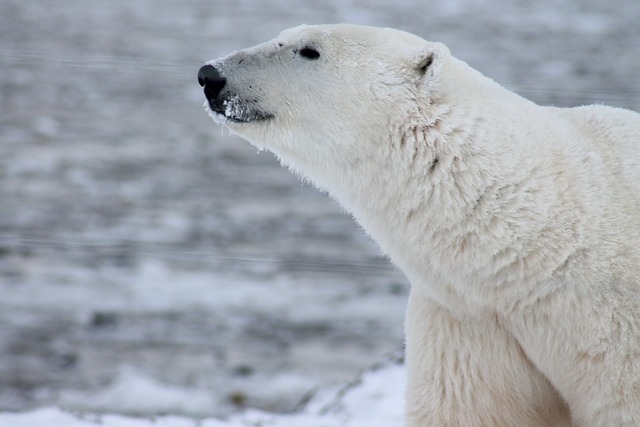
-
Brain Facts For Kids | Top 15 Mind-Blowing Facts about Human Brain
The brain is probably the most important organ of the human body. At some levels, it can be compared to a very powerful computer. It stores vital information and controls all our movements and reactions. As it turns out, brain is the center of nervous system consequently all the tiniest thoughts and biggest decisions rely…
Written by

-
Heart Facts for Kids | Top 15 Amazing Facts about Heart
Put your hand on the upper left side of your chest, do you feel a thump? That’s your heart beating in your chest. The heart is one of the most important organs in your body. It is a hollow muscle, but what makes it unique and important is what it actually does. The heart is…
Written by
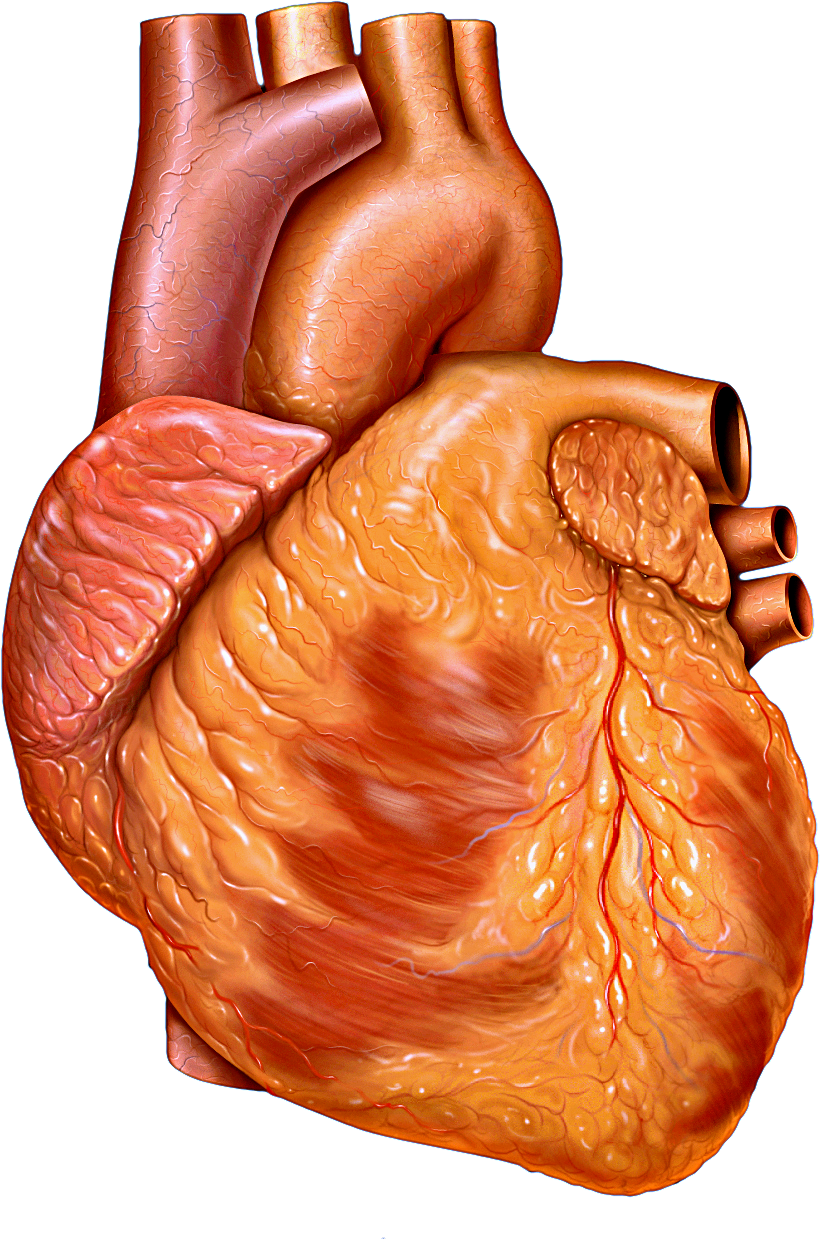
-
Plant Facts For Kids | Mind-boggling Facts About Green Plants
Plants are living organisms and play a major role in shaping the environment of our planet. They have enormous purposes and benefits for humanity. So let’s understand few things about these plants in plant facts for kids. Plant Facts For Kids – Amazing and Astonishing The fastest growing organism in the whole world is called…
Written by

